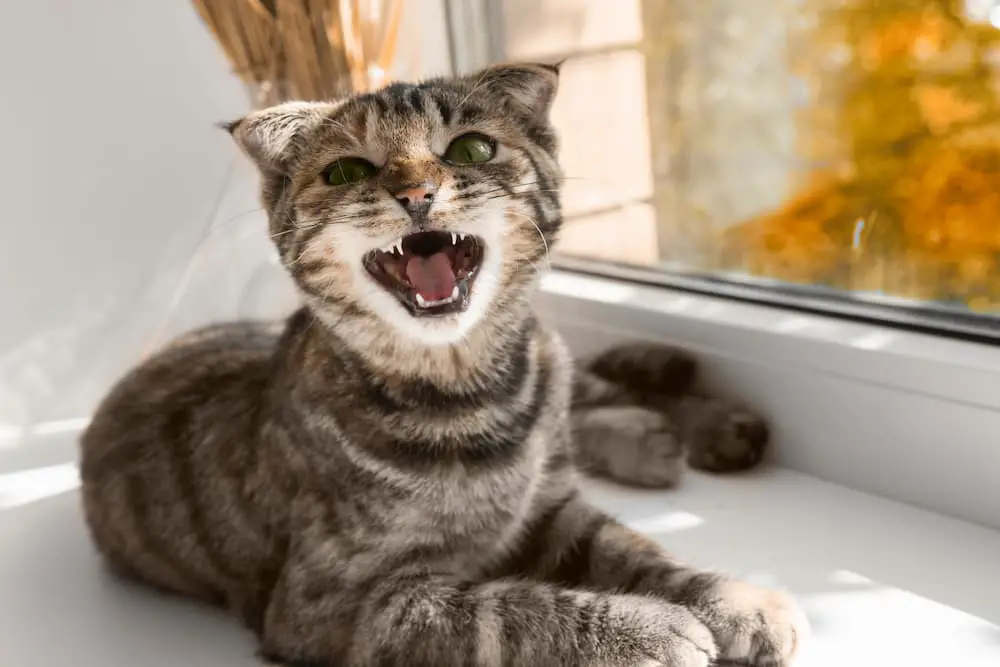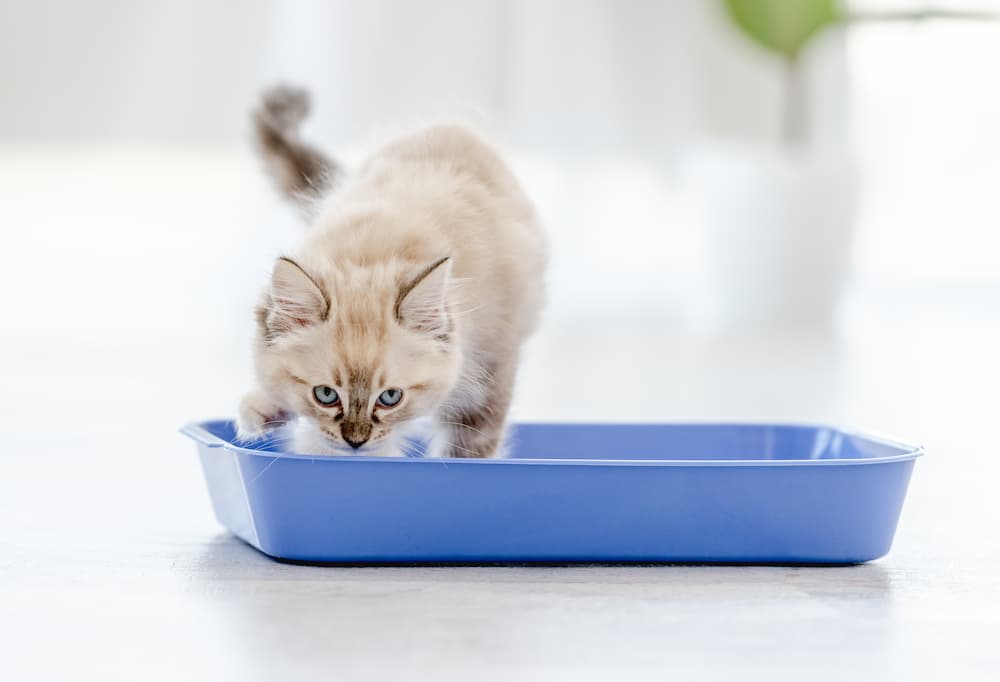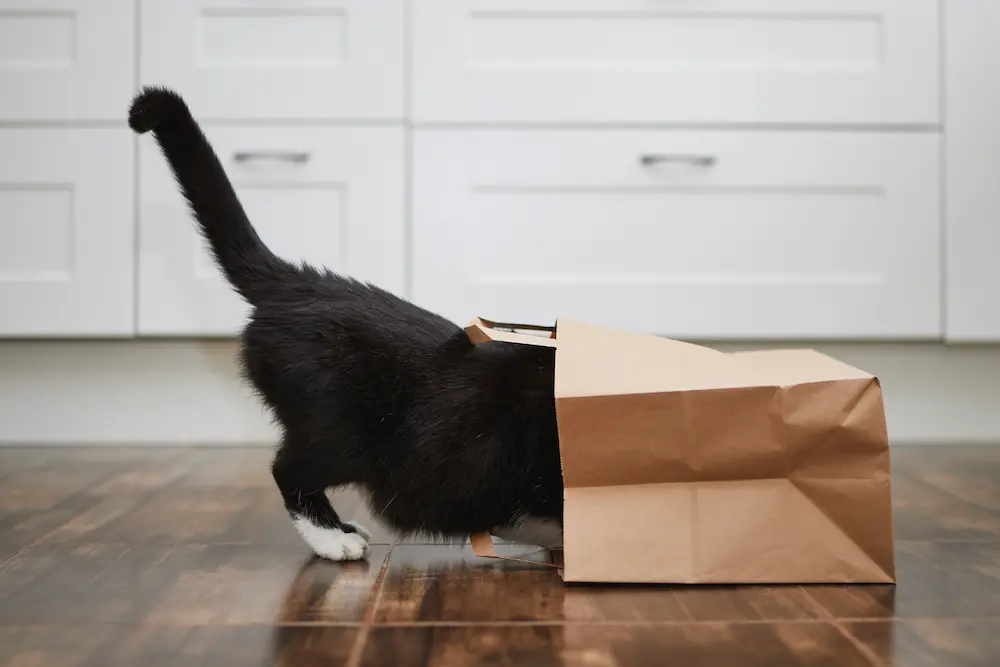By Dr. Lauryn Benson, DVM for Veterinary Emergency Group
As a cat owner, you don’t want to think about having to rush your pet to the emergency vet. However, this is sometimes an unfortunate necessity, and it’s good to know which conditions and situations might require a trip to the emergency vet in the middle of the night.
Check out the information below to educate yourself on cat emergencies. Understand that this list is not a comprehensive one, but it does cover most of the basics and should give you an idea of how to respond if something is going wrong with your cat. This information can help you prepare for the worst, even though you will hopefully never have to face this type of situation.
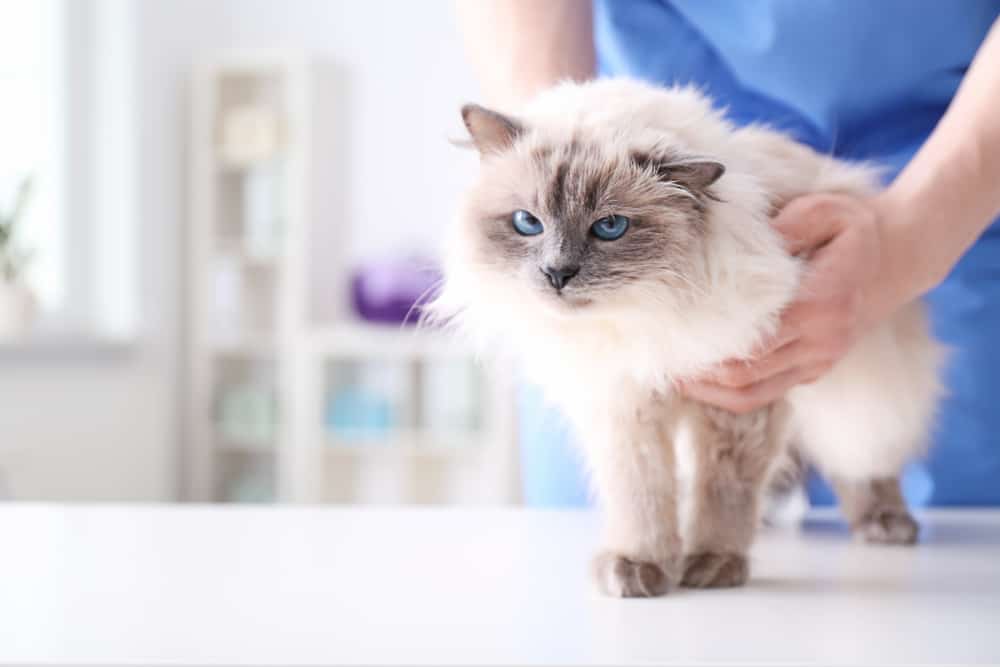
Signs that it’s time to take your cat to the emergency vet immediately:
BREATHING TROUBLE: If your cat is struggling to breathe in any way, head to the emergency vet. Particularly look for changes in tongue color (pale or blue tinged) or gum color (pale or blue tinged).
COLLAPSING OR INABILITY TO WAKE UP: If your cat suddenly collapses, or if he/she has gone to sleep and you can’t get him to wake up, then they need to see an emergency vet immediately.
FREQUENT VOMITING: Vomiting itself is not an emergency condition in cats, but many vomiting episodes within a couple of hours can be. Vomiting has many different underlying causes and can result in dehydration if left untreated.
If you are concerned about the amount or frequency of vomiting, call and speak with the vet.
LONG-LASTING ABDOMINAL DISCOMFORT: Cats may develop abdominal pain for many reasons. If your cat shows signs such as arching his or her back constantly or breathing heavily even when the temperature is not too warm, he or she may have abdominal pain. If this lasts longer than thirty minutes, you should see an emergency vet.
WHEN YOUR CAT CAN’T URINATE: Cats who try to urinate and can’t produce urine or cry in pain when they go to the litterbox need to get to the vet quickly, as this can be a life-threatening emergency.
HAVING A SEIZURE: Seizures are quite dangerous in cats and should be considered an emergency.
POISONING: If you know your cat has eaten something toxic, take him to the emergency vet without waiting for signs of poisoning. If you are unsure if it is poisonous, you can contact a veterinarian or a poison control hotline.
ACCIDENT: Similarly, contact the emergency vet if you know your cat has suffered an accident or trauma of some kind that is severe enough not to wait until morning. If in doubt, don’t wait to see an after-hours vet!
HEATSTROKE: Cats generally breathe through their noses, so if they are breathing with their mouths open or panting this is a concern and they should be assessed quickly.
PARALYSIS IN ONE OR MORE LIMBS: If your cat suddenly shows signs of paralysis in one or more limbs, it’s time to go to the emergency vet. This could indicate a problem with that limb, or it could mean your cat is having heart or clotting issues.
CRYING WHEN BEING TOUCHED: Cats who are in pain will usually cry when they’re touched. A sudden onset of this type of behavior may mean you should take your cat to the emergency vet, especially if it is paired with anything else from this list.
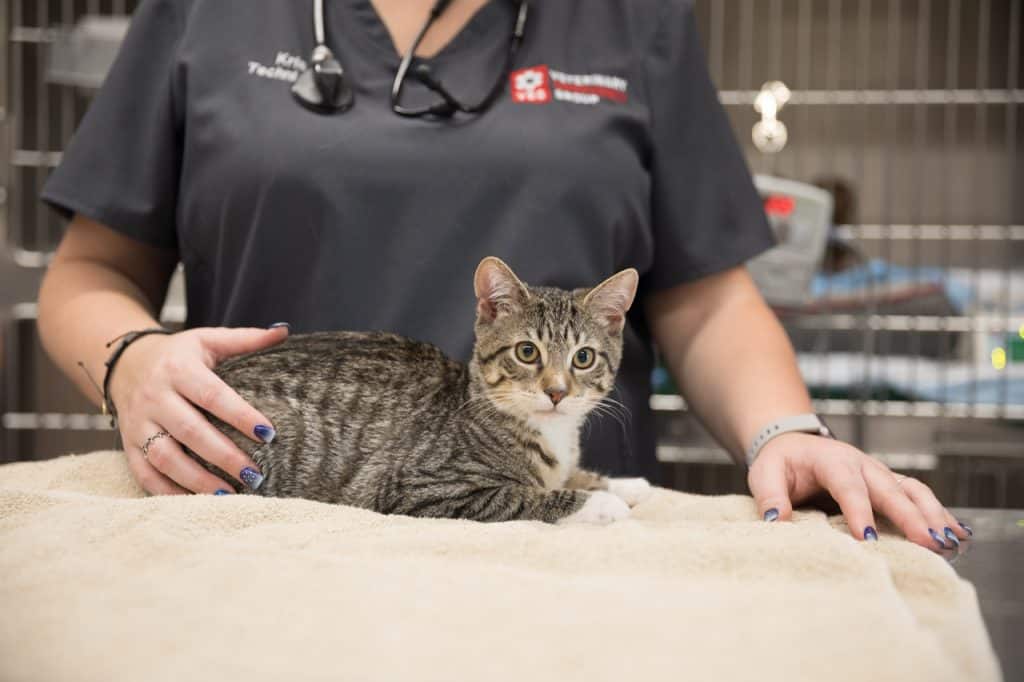
About Veterinary Emergency Group
Established in 2014, Veterinary Emergency Group (VEG) is an organization founded on a single mission: helping people and their pets when they need it most. VEG’s rapidly growing group of hospitals has revolutionized pet emergency with a client-centered approach, rapid response times, and a highly trained emergency-focused staff. VEG currently has 17 hospitals operating in seven states including New York, New Jersey, Florida, Colorado, Texas, Massachusetts, and Illinois. To locate a VEG hospital near you or for more information, please visit veg.vet.

